Myungbo Art Hall (명보아트홀)
2.4Km 2025-04-15
47 Mareunnae-ro, Jung-gu, Seoul
Located in Euljiro 3(sam)-ga, the heart of Seoul, Myungbo Art Hall is a cultural complex that consists of a professional theatre hall. Renovated from Myungbo Theater in 2009, Myungbo Art Hall is equipped with state-of-the-arts lighting and sound equipment that guarantees high-quality theatre experience for the audience. In addition, the hall also has comfortable seats along with other amenities for the audience's convenience. Myungbo Art Hall aims to globalize Korean performance culture by creating a variety of content that incorporate Korean theatre with tourism. This area is also where the house of Admiral Yi Sun-sin was located, which is honored with a memorial plaque listing his accomplishments.
Non-verbal Performance FIREMAN (넌버벌 퍼포먼스 FIREMAN)
2.4Km 2020-04-03
47, Mareunnae-ro, Jung-gu, Seoul
• 1330 Travel Hotline: +82-2-1330 (Korean, English, Japanese, Chinese) • For more info: +82-2-6271-1190
"Fireman" is a non-verbal performance that portrays the growth and development of silly and carefree trainees into courageous and trustworthy firefighters. The stage will grab the attention of the audience with acrobatic techniques, parkour, and b-boying movements. International audience can enjoy the show without any language barrier as the performance is non-verbal, meaning the play is carried out using only body movements and facial expressions to deliver the story. Since its first stage in 2015, the act went on an international tour and won the Grand Prize in Popular Culture category during the Korea Hallyu Awards in 2016.
Bando Camera - Myeong-dong Chungmu [Tax Refund Shop] (반도카메라 명동충무)
2.4Km 2024-04-17
16, Samil-daero 4-gil, Jung-gu, Seoul
-
Culture Station Seoul 284 (문화역 서울 284)
2.4Km 2024-12-04
1 Tongil-ro, Jung-gu, Seoul
Culture Station Seoul 284 opened in 2011 by restoring the old Seoul Station. The complex holds various programs including exhibitions, performances, cultural events and workshops. It holds over 100 years of history with Namdaemun Station being the original name of the station in 1900 and changing to Gyeongseong Station, Seoul Station, and now Culture Station Seoul 284. The look of 1925 Gyeongseong Station offers visitors a flashback to the past, providing a fun and special experience.
◎ Travel information to meet Hallyu’s charm
This is where Mok-ha (played by Park Eun-bin) waited for Ki-ho (played by Chae Jong-hyeop) with flowers in the TV series "Castaway Diva." As the restored historic Seoul Station, it also appeared in "Reply 1994" as the location where Samcheonpo (played by Kim Sung Kyun) first arrived in Seoul.
Asian Table (아시안테이블)
2.4Km 2021-03-18
11, Seonggyungwan-ro, 3-gil, Jongno-gu, Seoul
+82-70-7608-1763
This is a Asian restaurant located in Jongno-gu, Seoul. A pub where you can try a variety of Southeast Asian beers. The best menu at this restaurant is pad Thai.
Gogungmasil (고궁마실)
2.4Km 2020-05-04
229, Changgyeonggung-ro, Jongno-gu, Seoul
+82-2-763-9937
Gogungmasil is a hanbok rental shop located near Changgyeonggung Palace. Visitors can rent hanbok from Gogungmasil before going on a palace tour to Changgyeonggung and Changdeokgung Palaces.
Namsan saenggogijip (남산생고기집)
2.4Km 2021-03-22
21, Toegye-ro, 20-gil, Jung-gu, Seoul
+82-2-3789-9721
A hidden restaurant frequented by locals in Myeong-dong. This restaurant's signature menu is grilled pork belly. This Korean dishes restaurant is located in Jung-gu, Seoul.
Munmyo Confucian Shrine and Seonggyungwan National Academy (서울 문묘와 성균관)
2.4Km 2020-03-31
31, Seonggyungwan-ro, Jongno-gu, Seoul
+82-2-760-1472
Munmyo is a shrine dedicated to Confucius, whose teachings form the foundation of Confucianism. It is also dedicated to his disciples and other great Confucian scholars. Munmyo is not only the shrine but also the highest educational institution of the Joseon dynasty. Munmyo was once called as Munseonwangmyo since during the Tang dynasty, Confucius was named as King Munseon after his death and then it has been called as Munmyo since the Yuan dynasty.
The compound consists of two main areas: the Daeseongjeon houses shrines and the Myeongnyundang features seminar halls and other auxiliary facilities. Also, there are two dormitories, Dongjae and Seojae, which are collectively known as Sungkyunkwan. In front of the Myeongnyundang stands a ginkgo tree designated as Natural Monument No. 59. In spring and autumn, a ritual for Confucius and his disciples takes place.

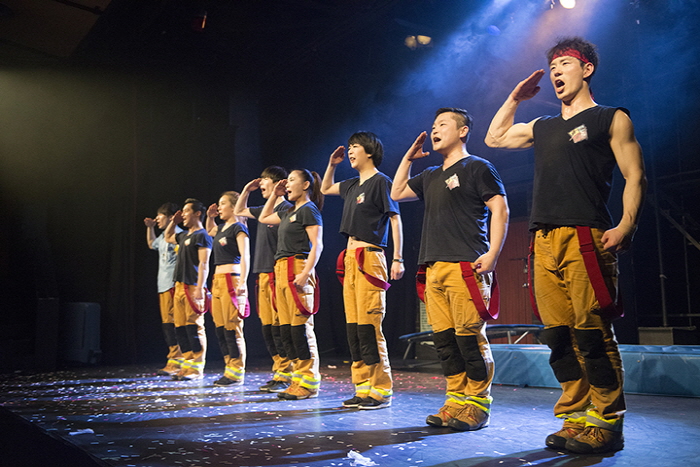
![Bando Camera - Myeong-dong Chungmu [Tax Refund Shop] (반도카메라 명동충무)](http://tong.visitkorea.or.kr/cms/resource/63/2878663_image2_1.jpg)
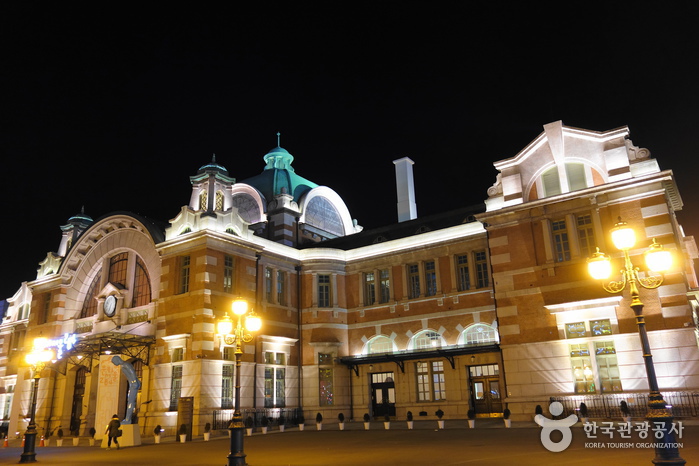
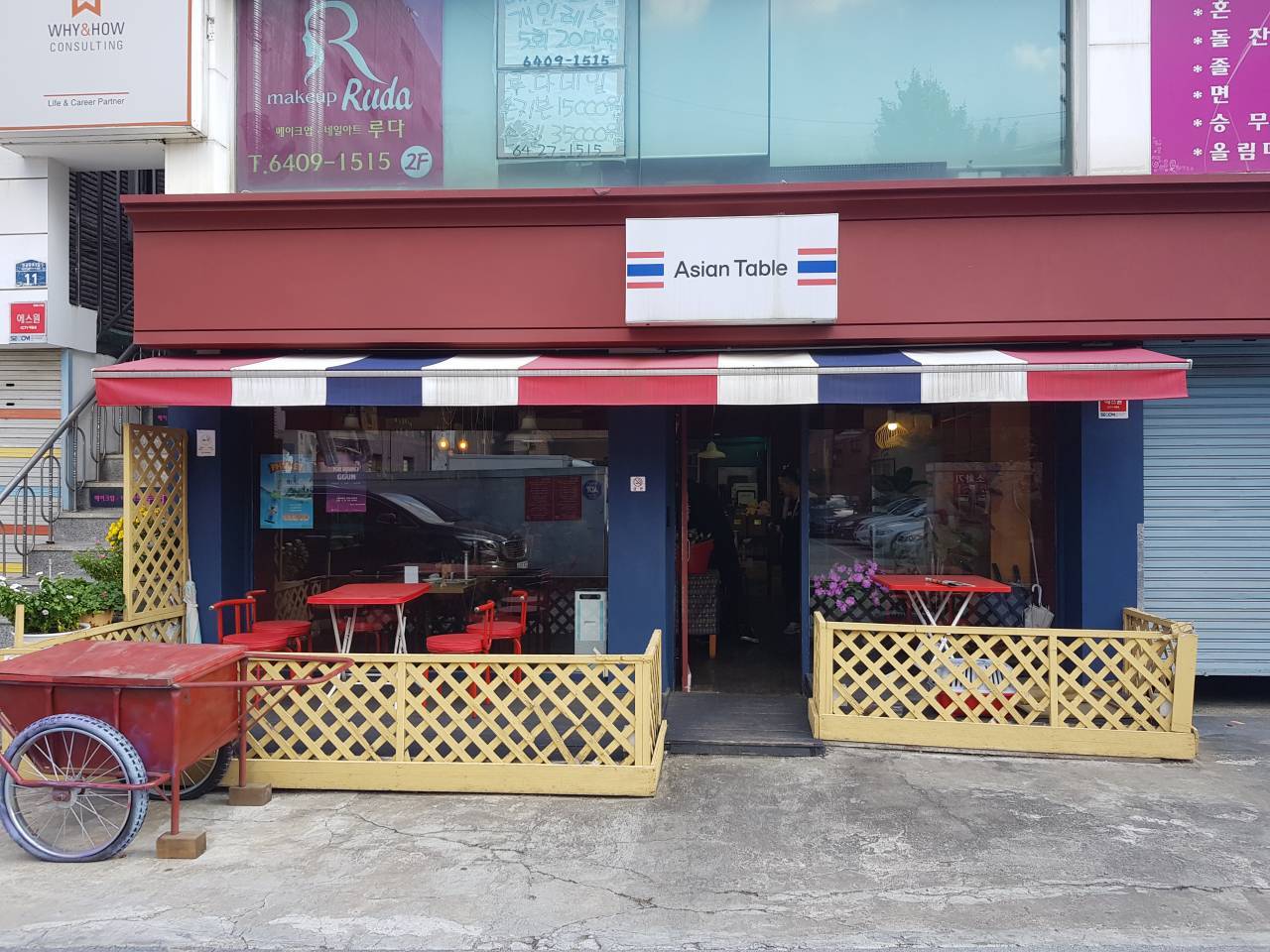

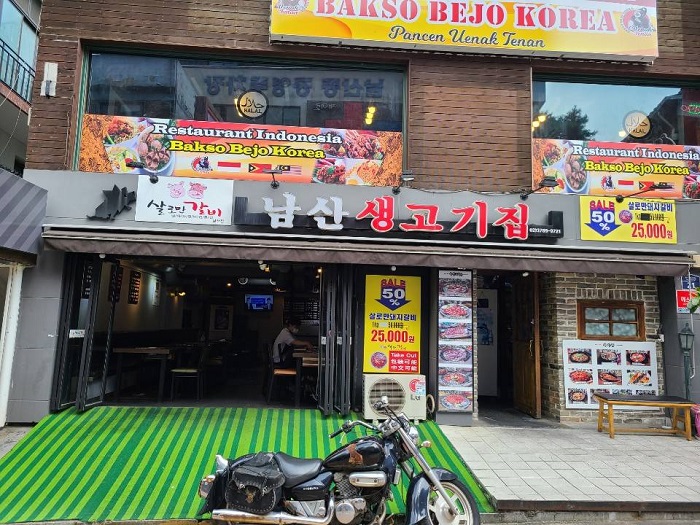
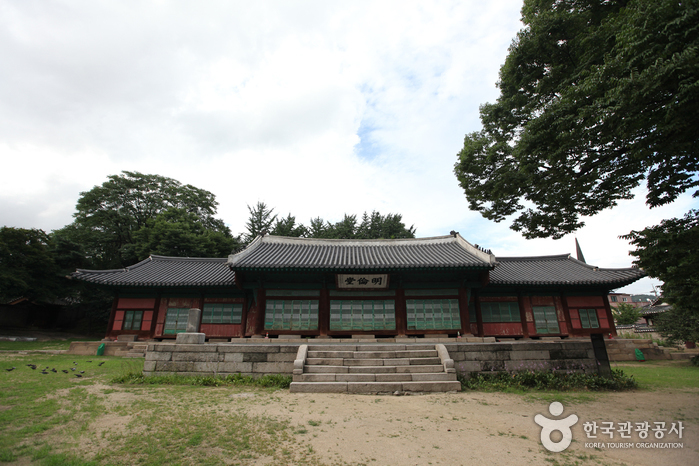
 English
English
 한국어
한국어 日本語
日本語 中文(简体)
中文(简体) Deutsch
Deutsch Français
Français Español
Español Русский
Русский